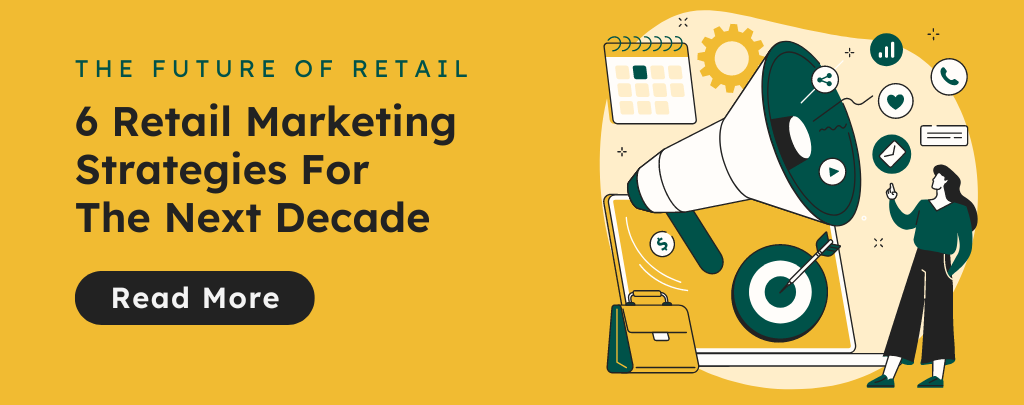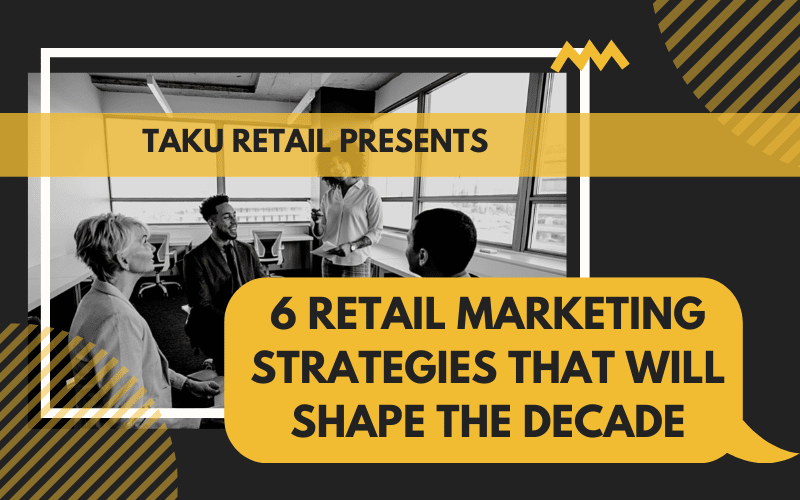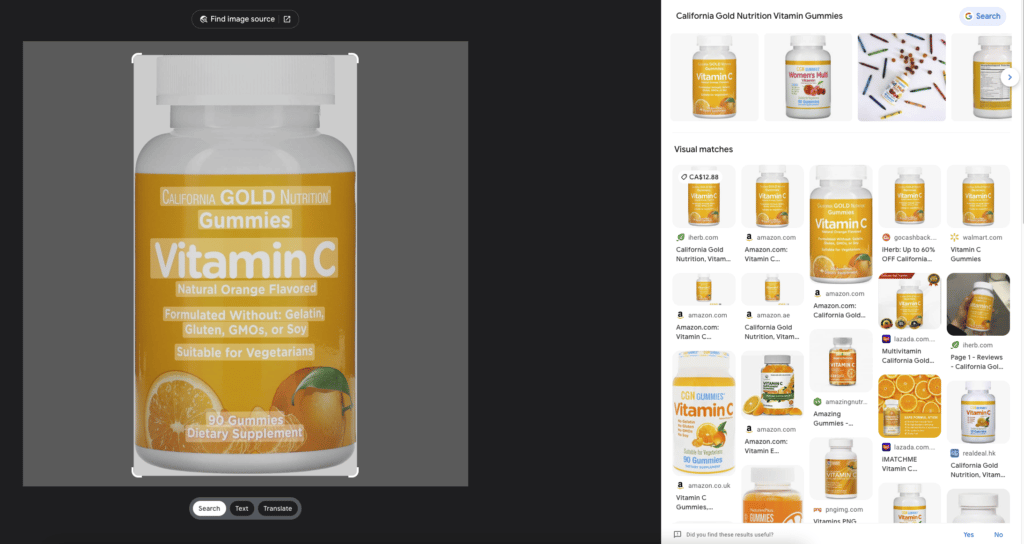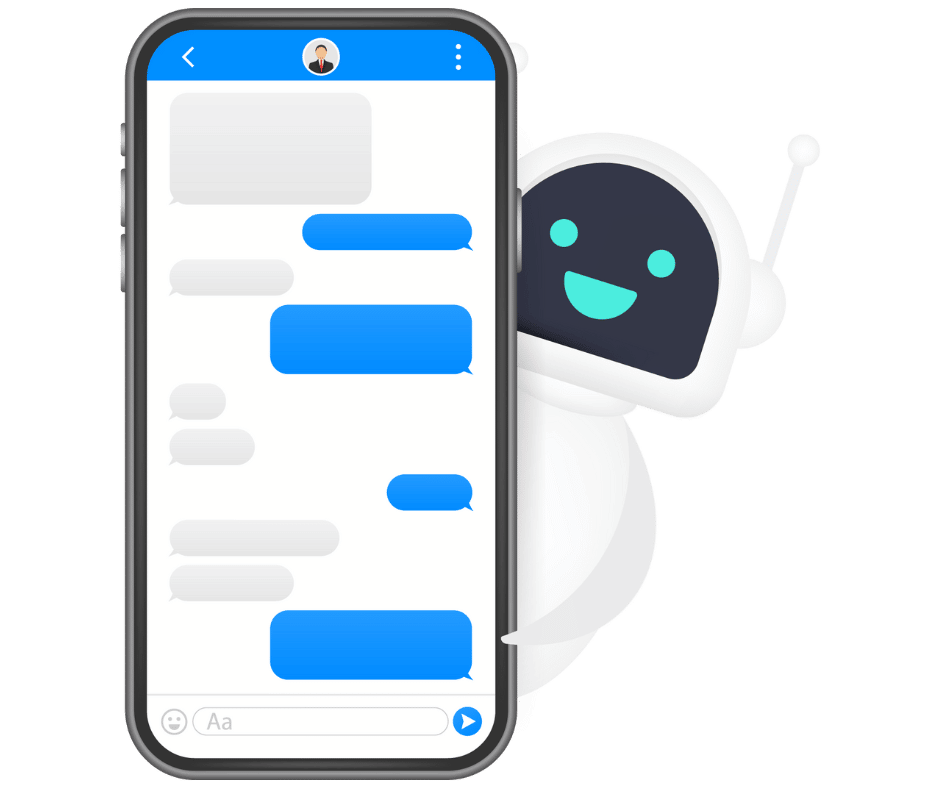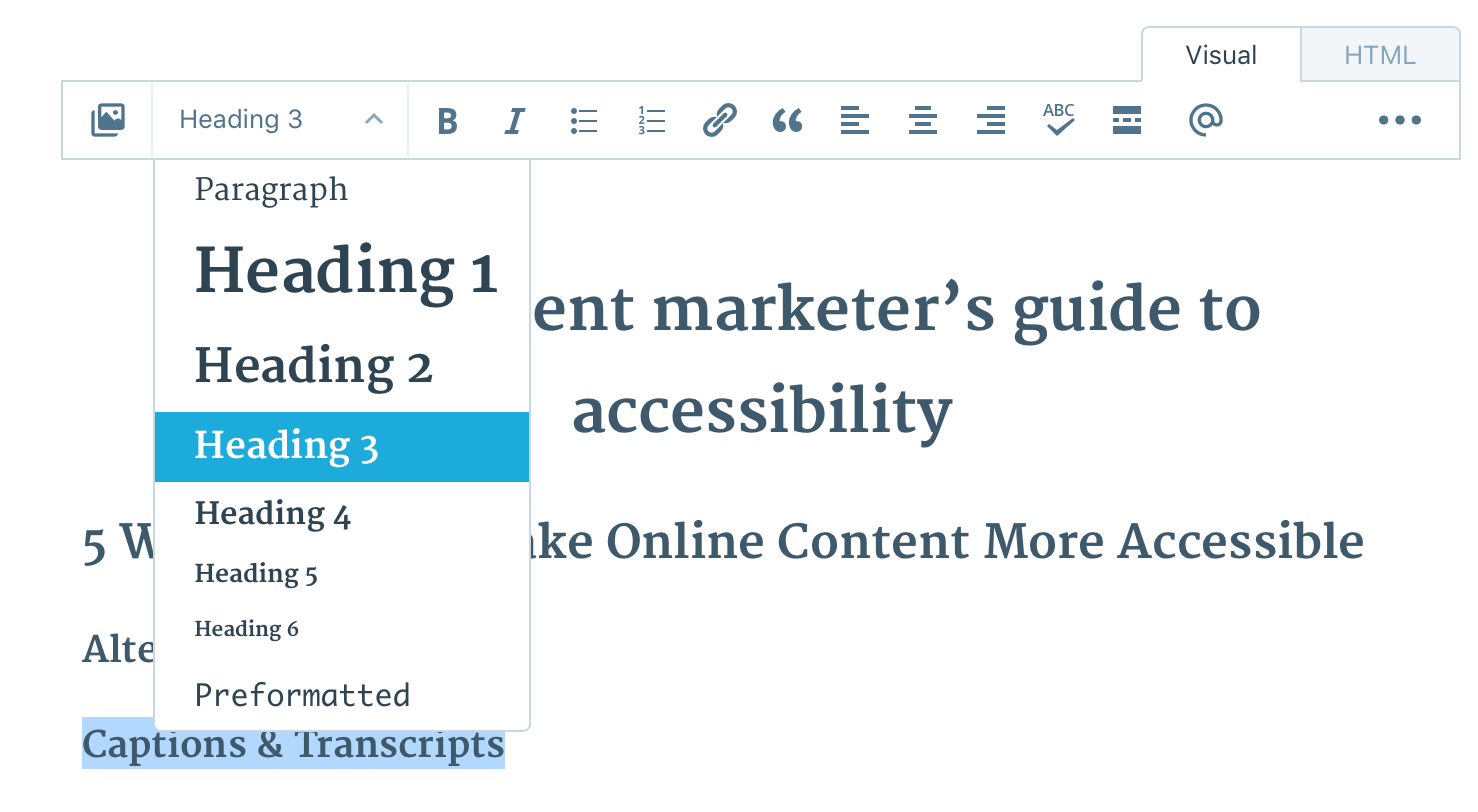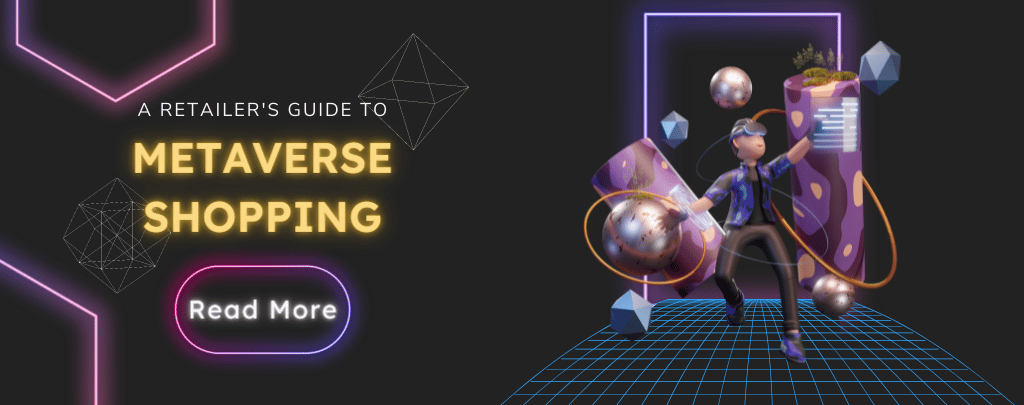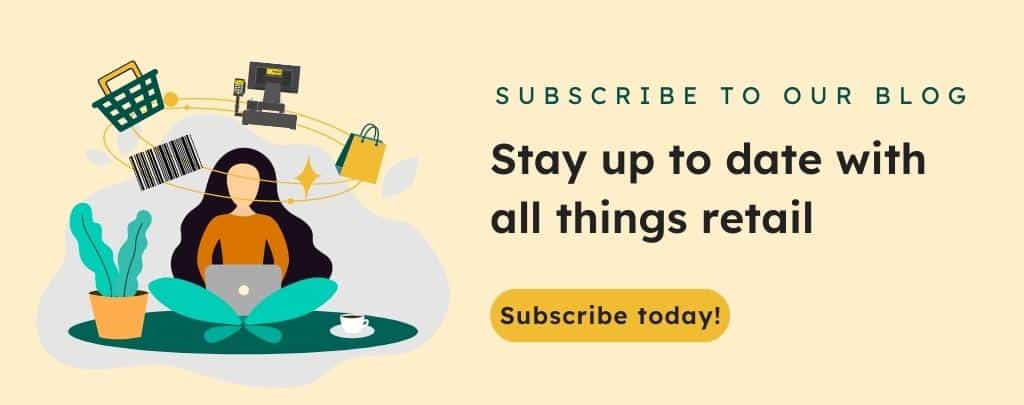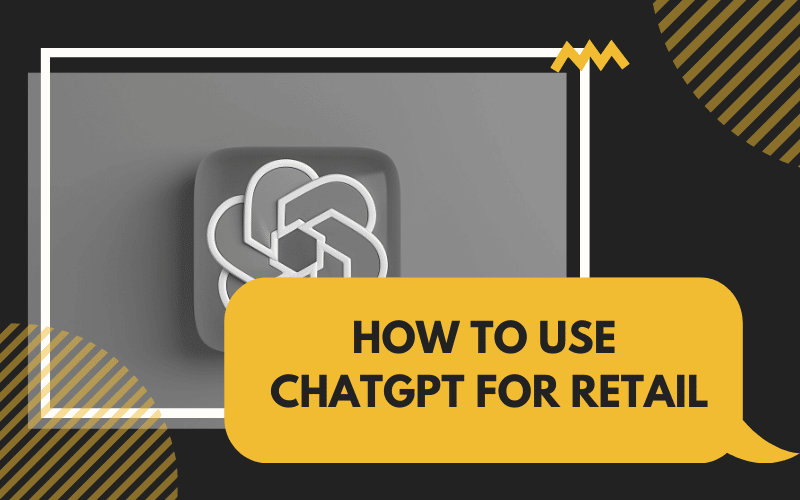
How To Use ChatGPT For Retail
If you’re not familiar with Chat GPT (Generative Pre-trained Transformer), you’re missing out! It’s an artificial intelligence (AI) technology that’s been making waves lately, with people finding all kinds of creative ways to use it. Here’s a quick overview of what it’s all about.

What is ChatGPT?

ChatGPT is an artificial intelligence program that’s been trained to understand and respond to human language. Think of it as a really smart robot that talks to people through text messages. If you ask it a question or task, and it will check its database of knowledge to give you the best answer or solution. As more and more people use it, ChatGPT, powered by AI, becomes smarter.
Some well-known brands are already using the AI technology behind ChatGPT to support their retail businesses. For example, H&M created an AI style assistant which helps customers pick clothes that fit their style and budget. Another example is Domino’s (the pizza chain). They have created an AI which allows customers to place orders, track their delivery, and get answers to frequently asked questions.
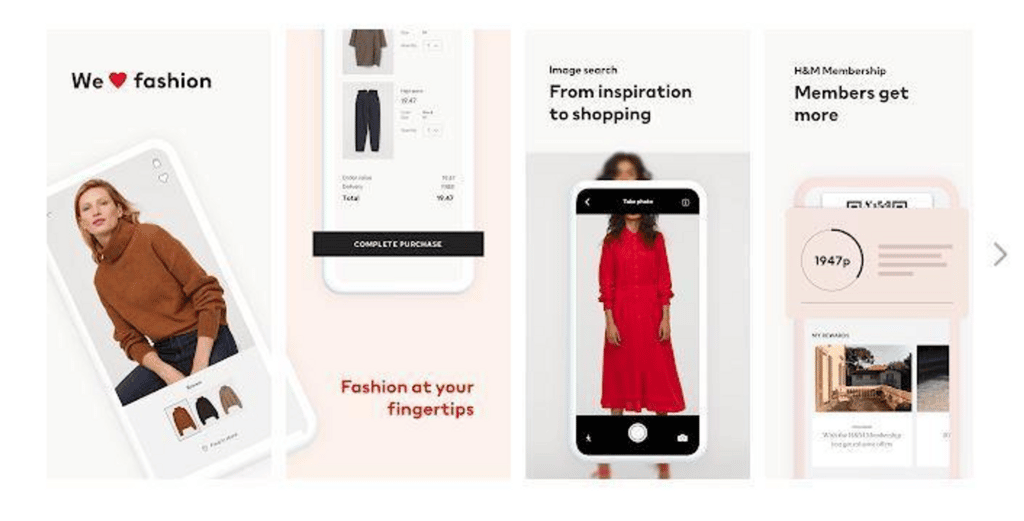
The AI technology that ChatGPT has made mainstream will continue to grow. The best part is that ChatGPT is still cost-effective so independent retailers can also get in on the action.
How to use ChatGPT as a retailer
ChatGPT can automate customer service queries, give personalized product advice, create targeted marketing messages, and generate reports on customer behaviour and trends. With ChatGPT, retailers can use the latest AI tech to streamline their operations and make informed decisions. Here are a few of the ways it’s already being used today:
A. Creating retail marketing

One of the easiest ways to use ChatGPT is for retail marketing. For example, you can use ChatGPT to generate ideas, create drafts, and optimize written content.
1. Content creation
ChatGPT can be used to quickly generate unique and engaging content for retail stores. For example, it can be used to create product descriptions, promotional materials, and more. By leveraging the power of AI, retailers can create content that is tailored to their target audience, resulting in improved engagement and clicks. Businesses can also use ChatGPT to analyze customer feedback and utilize the insights to create more effective marketing materials.
If you have a social media account for your store, try using ChatGPT to generate a caption for your next post. For example if you are posting an instagram post for Valentine’s Day, you could ask the following on ChatGPT: “instagram caption for a valentine’s day post”. ChatGPT will then automatically create something appropriate for you.
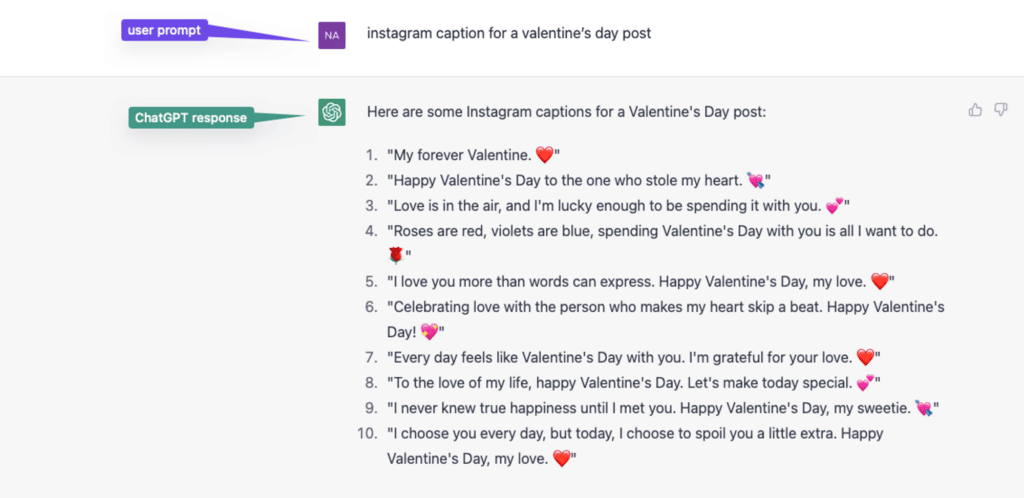
While ChatGPT can help you save a lot of time, it’s important to remember that the answers may be too generic if you don’t give enough detail in your request. The best way to improve this is to add more context to your request by adding something like “from a health store to its audience” so that the AI can try to personalize the caption to your business.
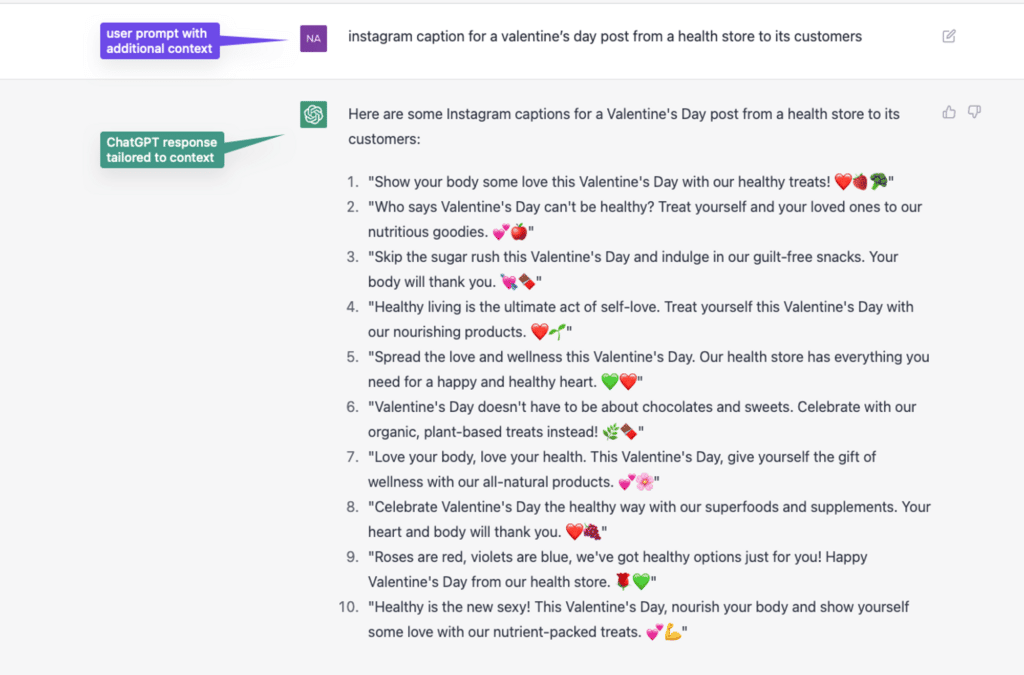
Expert tip: Whenever possible, provide ChatGPT with as much context as possible for the best results
2. Getting customer feedback about your store
ChatGPT is a great tool that can help you learn more about what your customers are saying about your products or services on Google and other platforms. It can help you identify areas where you can make improvements and provide a better overall experience for your customers. For instance, if customers are consistently giving your store low ratings due to slow delivery times, this data can help you take action and make changes to your delivery process so that your customers are getting their orders in a timely manner.

To conduct this analysis with ChatGPT, you’ll first need to collect all the review texts from your review platforms. You can then paste all the text into ChatGPT and prompt it to “conduct a sentiment analysis”. The data can help you spot where you need to make changes, such as better customer service, better product quality and faster delivery. After finding areas that need improvement, you can use ChatGPT to create messages/campaigns aimed at addressing the issues and improving customer satisfaction.
B. Retail customer service
You can use ChatGPT to improve the customer service your store provides.
1. Responding to customers
Retailers can use ChatGPT to respond quickly and accurately to customer inquiries. It can help automate customer service request and even provide personalized product recommendations based on customer needs. This can help save time and money for customer service teams, allowing them to focus on more complex customer issues.
If responding to customer messages on your digital platforms is no issue, you could always consider using ChatGPT to edit your responses before sending them off. Ensuring that you’re using the best grammar, tone, and language can go a long way—making sure you sound as professional as possible.
2. FAQs

Retailers can use ChatGPT to quickly and accurately answer frequently asked questions (FAQs). This can be a huge time-saver for customer service teams as it can help answer customer questions without the need for a human representative. You can use ChatGPT to create a library of FAQs that customers can search through to find their answers. Store owners can also use ChatGPT to refine and update existing FAQs as needed. Plus, it can be used to generate personalized, targeted responses for customers based on their queries. This helps ensure that customers are getting the most accurate and helpful answers possible.
C. Other creative uses
Lastly, here are two other handy uses for ChatGPT.
1. Data cleanup
Making sure your data looks uniform to create reports or run analyses has never been easier. With ChatGPT you can provide it some data then ask it to make sure things such as format are consistent across the board. For example if you have a list of dates you need to paste into a spreadsheet but they’re all in different formats, you can ask ChatGPT to convert all of the dates to a format of your preference. Take some time and think about how you can use ChatGPT to save your time when doing administrative work.
Expert tip: When working with data, be sure to think about whether there are any privacy concerns. While ChatGPT can be very helpful, it is important to consider any regulatory or policy requirements before you share any personal or confidential information.
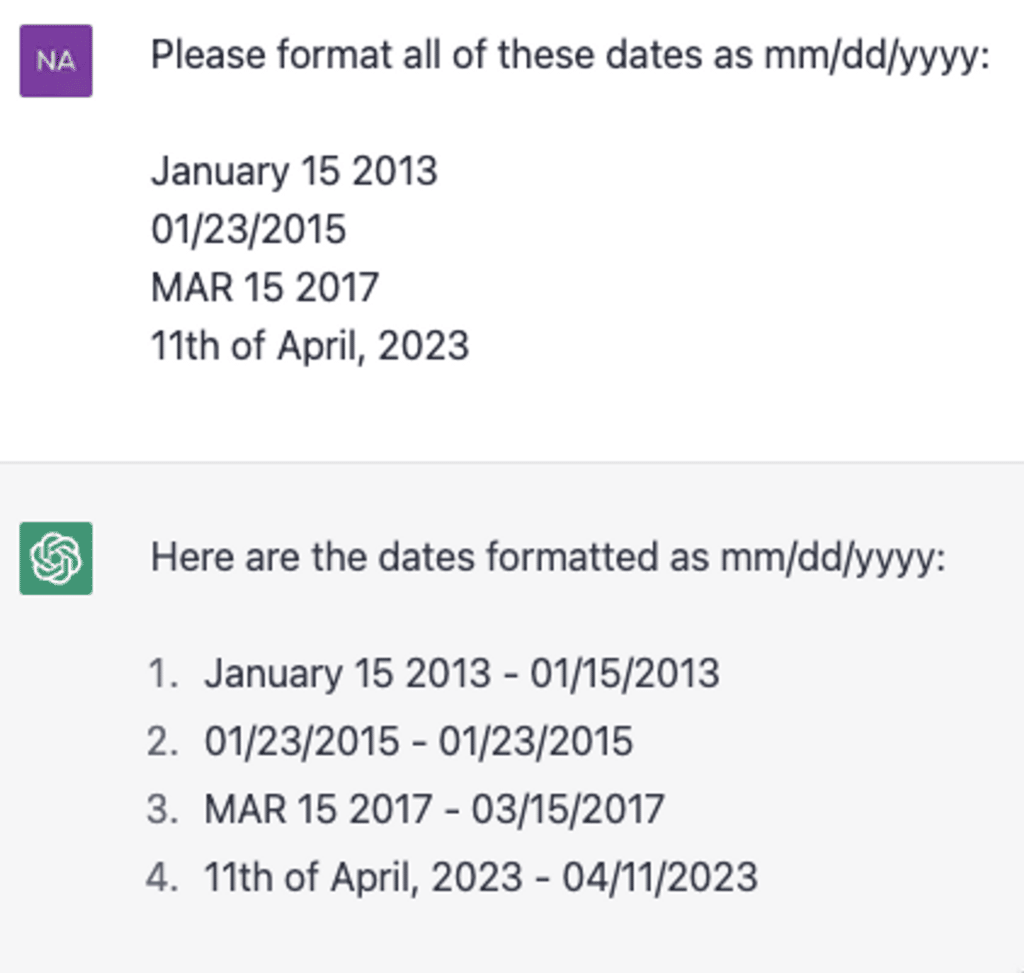
2. Translations
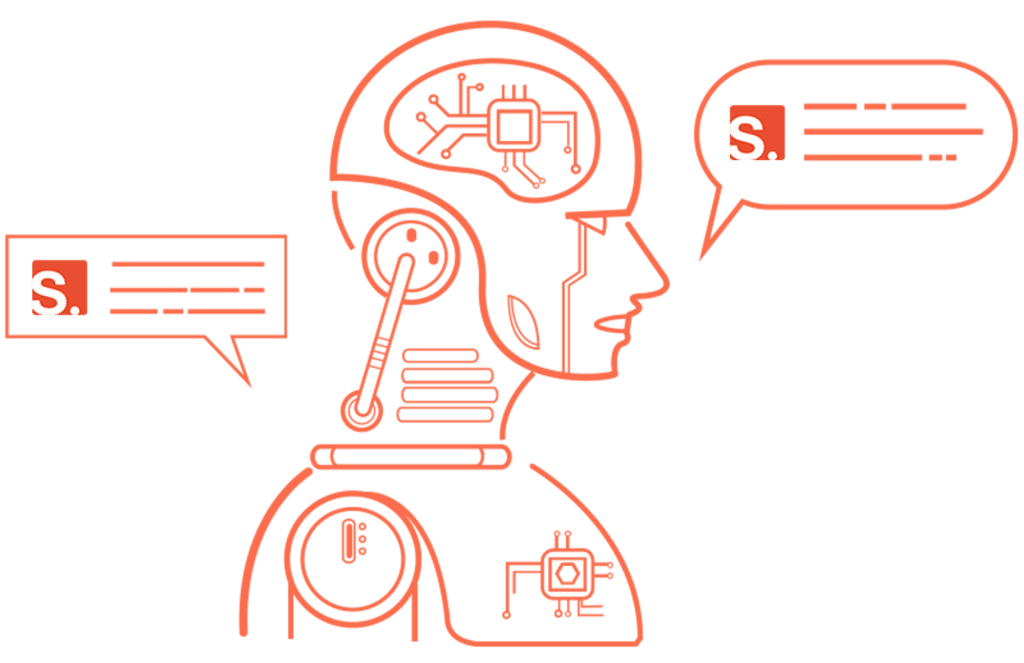
Finally, you can use ChatGPT to translate your writing. This will help you easily communicate with all of your customers. If your store is in a bilingual community and you are not as a confident in one of the languages, you can use ChatGPT to translate your store messages, signs, website content, social media content, etc.

What’s great about ChatGPT’s translations compared to current translators (e.g., Google translate) is that the AI is able to understand and translate expressions, slang, and other subtle parts of languages that traditional translators struggle with. What’s also amazing about ChatGPT is that it will consider the context and tone of the phrase being translated which is super important in getting an accurate translation. If you need to use translation tools in your retail operations, look no further than ChatGPT.
Conclusion
AI is going to continue to shake up the world of business. We highly recommend that you consider trying out ChatGPT now while there is still free access as we predict they’ll become more of a standard business tool in the coming years. We’re excited to see how AI tools will help retailers work less while selling more!
Besides AI, here are some 6 retail marketing strategies that are and will continue to shake up things in the retail industry. Be sure to subscribe to our newsletter to stay updated in all things retail!
